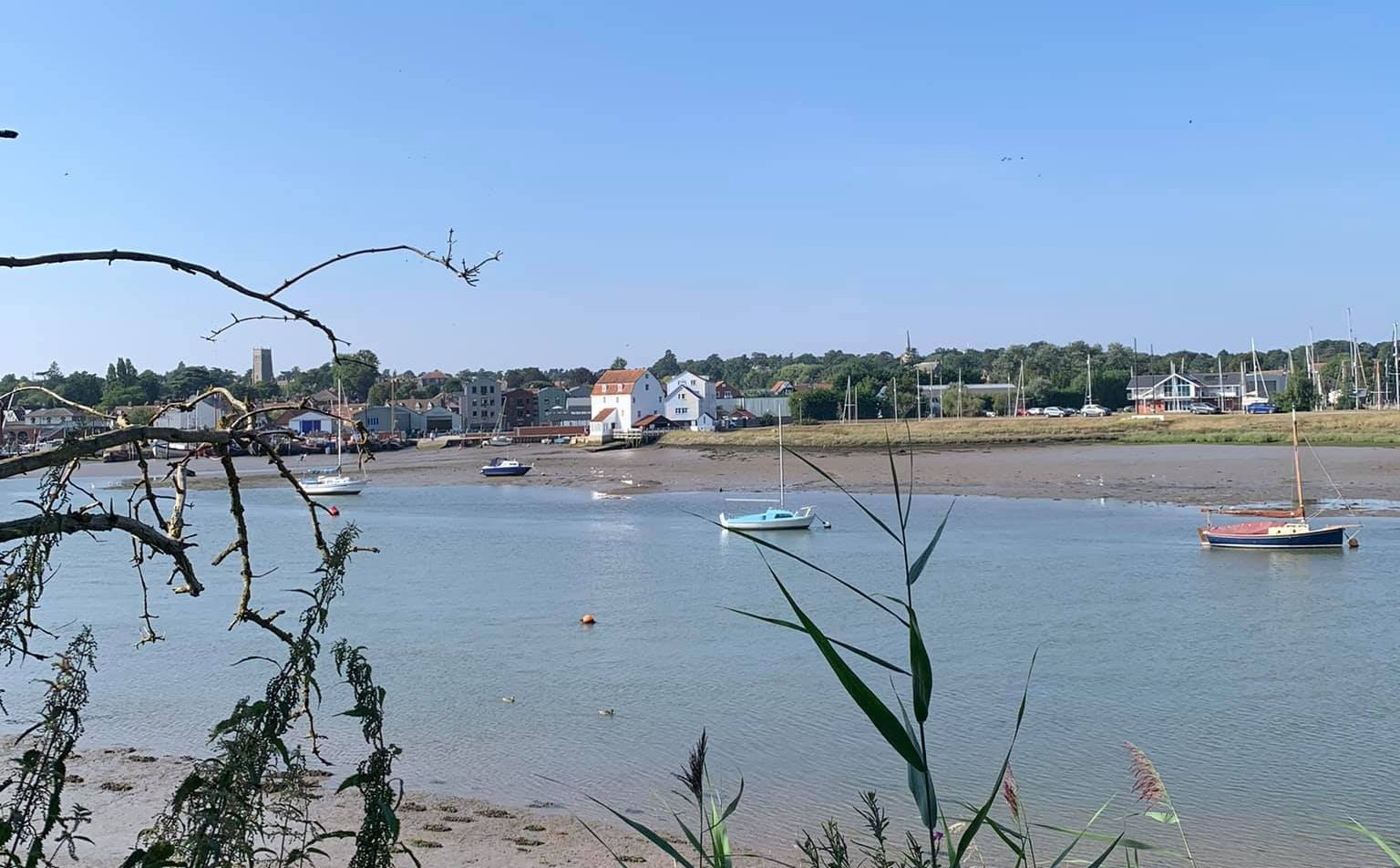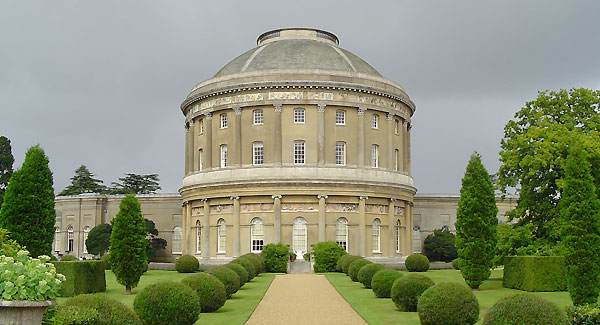| A royal town for the 9th century Danish King Guthrum, Hadleigh is today a busy, but still a beautiful market town. Guthrum had been captured by King Alfred, but pardoned on the cndition that he became a Christian. He made Hadleigh his home and lived there for 12 years. On his death he was buried in the church.
Close to the town centre is St. Mary’s Church, built in the 14th century and has a medieval wood and lead spire. The Deanery Tower with its polygonal turrets built in 1495 is all that now remains of the Deanery. Running parell to the High Street is the River Brett, it passes through a mill pool before joining the River Stour at Higham. The High Street is lined with marvellous timber framed houses and a wide range of interesting shops, pubs and restaurants. Visit on a Saturday morning or on Friday – market day to experience the hustle and bustle of the town. Six hundred years ago Hadleigh was one of the most important wool and market towns in the area, and by the 16th century only nearby Ipswich and Bury St. Edmunds were richer. The 15th Century Guildhall has two overhanging storeys and along with the Deanery Tower (similar to nearby Layer Marney Tower) and the magnificent church form just three of the many fine and beautiful buildings to be seen in Hadleigh. Angel Street between the Ipswich Road and the town centre is lined with some great looking buildings. Dr. Rowland Taylor was one of the town’s most famous former citizens. He served as a rector and was burnt at the stake on Aldham Common for refusing to allow Mass to be celebrated in the church during the reign of Queen Mary I. A large stone remembers the event with an inscription and the date 1555. Two miles east of Hadleigh is Wolves Wood, an RSPB reserve with woodland nature trails (there are no wolves). |
Hadleigh
Related Posts
Woodbridge
Situated on the Deben Estuary. Once an important shipbuilding town Woodbridge centre retains it’s old worlde charm. The white weather-boarded Tide Mill, now fully restored and in working order, sits…
Bury St Edmunds
Behind the faces of the many Georgian looking buildings in Bury St Edmunds are houses of the 17th Century and earlier. Much of the town dates from the period 1750-1850.…


